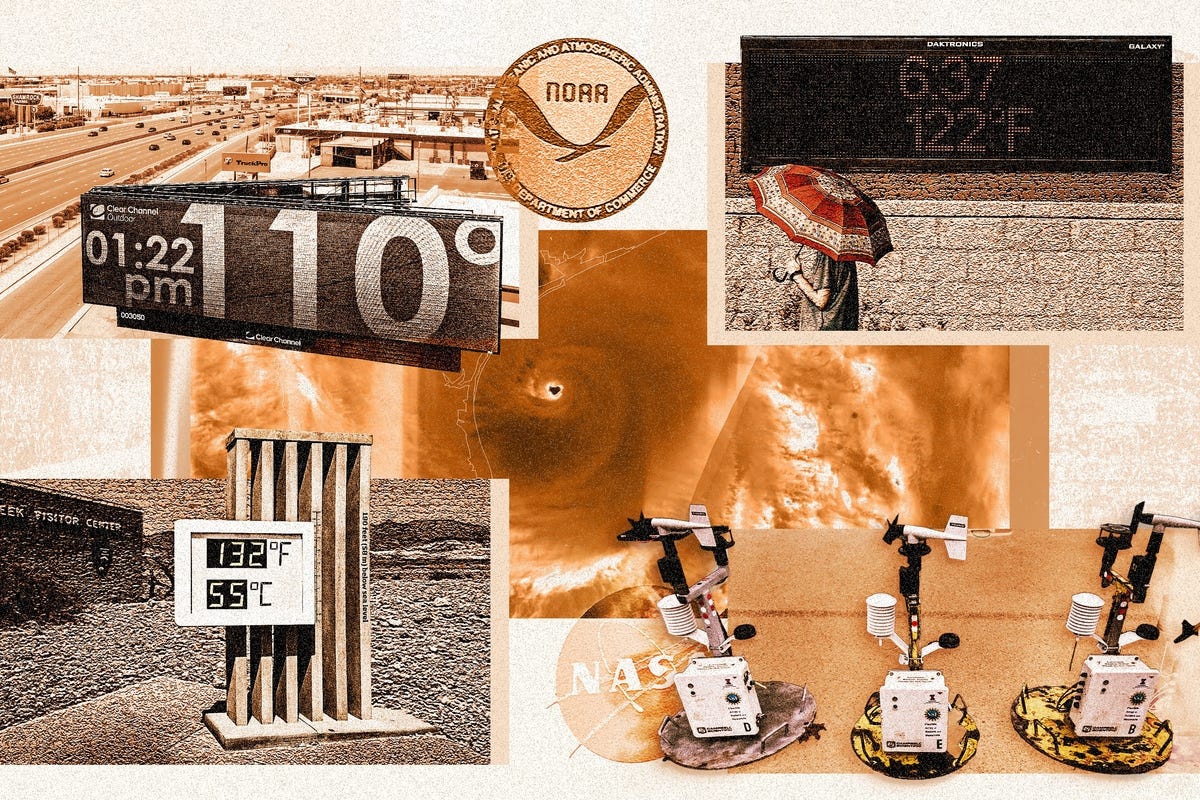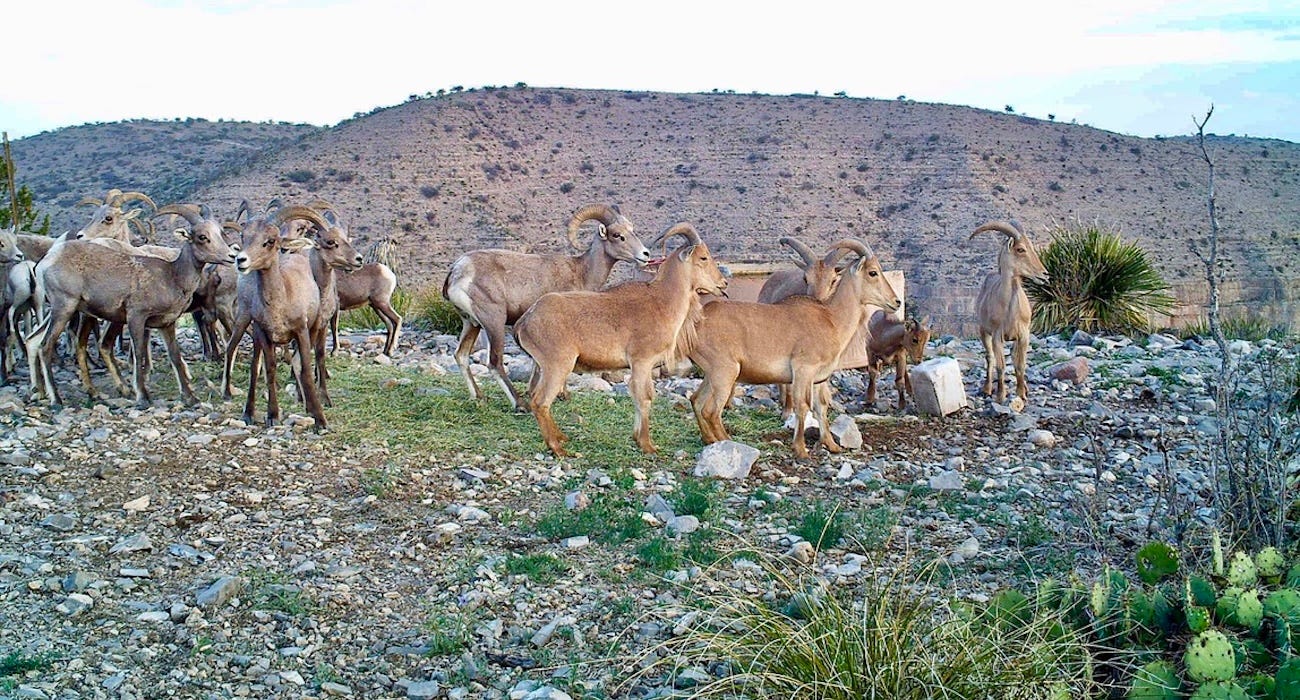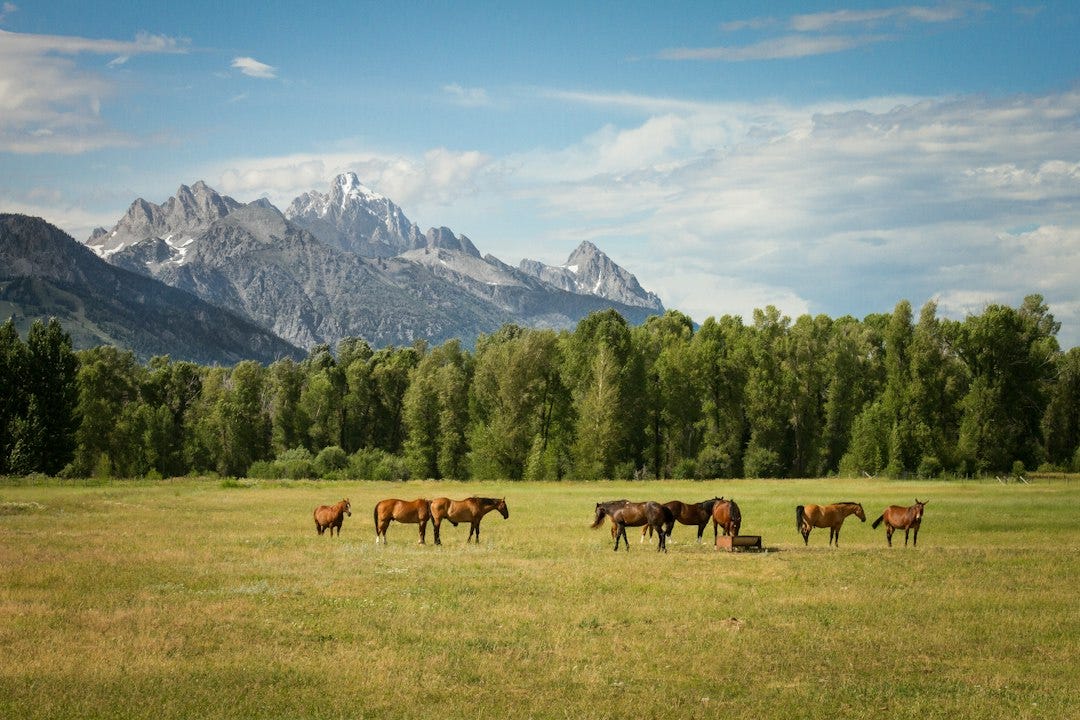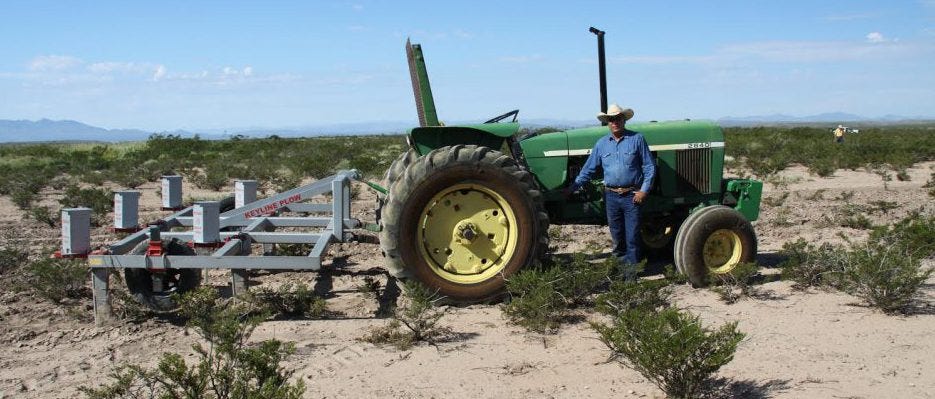Restoring Biodiversity - 2/13/2024
Is climate change policy based on faulty temperature data? Are so-called invasive ‘exotic’ species harmful to the environment? A quick, cheap method to restore desertified desert grasslands. And more.
Thank you for subscribing to the Pitchstone Waters weekly newsletter.
Here is what we’ve been reading, watching and writing about over the past week…
Articles

Trillions Spent on ‘Climate Change’ Based on Faulty Temperature Data, Climate Experts Say
This article says that "... a growing chorus of climate scientists are saying the temperature readings (on which rising global temperature models are based) are faulty and that the trillions of dollars pouring in are based on a problem that doesn’t exist."

Invasive Species vs. Native Species
Presented below is a scholarly article on the issue of whether so-called invasive ‘exotic’ species like feral pigs, goats, buffalo, and horses, are by definition harmful to environments in which they did not evolve, or from which they disappeared – often because of human impacts including overhunting. An example is the ‘need’ to exterminate far-West Texas aoudad to ‘help’ desert bighorn, and its habitat, pictured together above. This belief is the foundation of Invasive Species Biology, and its War on Wildlife, so often discussed on this blog.
Paraphrasing the authors in an attempt to simplify their difficult academic wording, they say that:
By definition, so-called ‘exotics’ are expected to have bigger impacts than noninvasive introduced species.
They found “no evidence” that where animals came from (native vs non-native) correlates with animal effects.
…”Pleistocene animal communities (2.6 million to 11,700 years ago) contained many more large bodied herbivores than contemporary ecosystems especially in the Americas and Europe…”
If by definition the desired state excludes any animal not found recently, then any introduced species changes desired state.
However, if the desired state is one in which the ecosystem function of large mammalian herbivores is restored or maintained, then introduced species can work, because as they put it, non-natives and natives have similar effects on plant diversity, plant abundance, and ecosystem function.
Non-natives can help suppress fire by removing litter – and many other things GOOD or BAD.
The issue is management of the animals themselves according to the conditions that prevail – NOT the pedigree of the species as in where did the animals evolve.
They conclude that non-natives are very useful in restoring systems, but they must be managed correctly because natives and non-natives can all do harm.
The entire article appears below and is worth reading notwithstanding its difficult wording.
Videos

How We Treat Wild Horses
This video was created by Wild Horse Fire Brigade, a non-profit dedicated to expanding wild horse populations in order to reduce fire hazard on public lands. They challenge viewers with this question: “Do you want to keep funding Orgs that merely show photos of what’s wrong, ad-nauseam? Or that talk, talk and talk some more with the same people at the same seminars who can’t point to ANY meaningful achievements? Or, do you want to fund RESULTS to save wild horses? The choice is yours. And your decision right now may determine the ultimate life or death ending for thousands of wild horses that could be saved using our PLAN.

Creosote, Cows & Keyline
Creosote, Cows & Keyline is a 5-minute video which discusses a quick, cheap method to restore desertified desert grasslands. It was filmed in the high-mountain deserts of far-West Texas.”
—
And that’s it - as always thank you..
if you haven’t already - please check out our views on biodiversity at https://pitchstonewaters.com/blog/
Please pass along, and if you if you received this from a friend - consider subscribing below.
